Arrays in Postgres share the same base element across all dimensions.
Array of anonymous records
You can build an array of anonymous records (as base type):
SELECT array_agg((i,d))
FROM (
VALUES
(1::int, 2.3::decimal)
,(2, 3.4)
,(3, 4.5)
) x(i, d);
This is rather unwieldy though, as you cannot access subfields of anonymous records by name (names do not exist!). May be more practical to operate with well know types ..
Composite type as base type
Create a composite type and use it as base type for your array.
CREATE TYPE int_dec AS (i int, d decimal);
SELECT '(1, 2.3)'::int_dec AS id_base
,'{"(1, 2.3)","(2, 3.4)","(3, 4.5)"}'::int_dec[] AS id_arr
-- Build an array from composite base type
SELECT array_agg(a)
FROM (
VALUES
('(1, 2.3)'::int_dec)
,('(2, 3.4)'::int_dec)
,('(3, 4.5)'::int_dec)
) x(a);
-- Build an array from composite base type
SELECT array_agg((i,d)) AS anonymous_arr
,array_agg((i,d)::int_dec) AS id_arr
FROM (
VALUES
(1::int, 2.3::decimal)
,(2, 3.4)
,(3, 4.5)
) x(i, d);
Table as base type
Any table can serve as composite type.
db=# CREATE TEMP TABLE int_dec (i int, d decimal);
CREATE TABLE
db=# INSERT INTO int_dec VALUES (1, 2.3), (2, 3.4), (3, 4.5);
INSERT 0 3
db=# SELECT array_agg(id) FROM int_dec id;
array_agg
---------------------------------
{"(1,2.3)","(2,3.4)","(3,4.5)"}
Text as common ground
The alternative is to cast all values to text since every data type can be cast to text and back in PostgreSQL and build a multi-dimensional array.
For that you may be interested in aggregating multi-dimensional arrays. Consider the answer under this related question:
Selecting data into a Postgres array
In my experience there is often a better solution than to build complex arrays, though.
